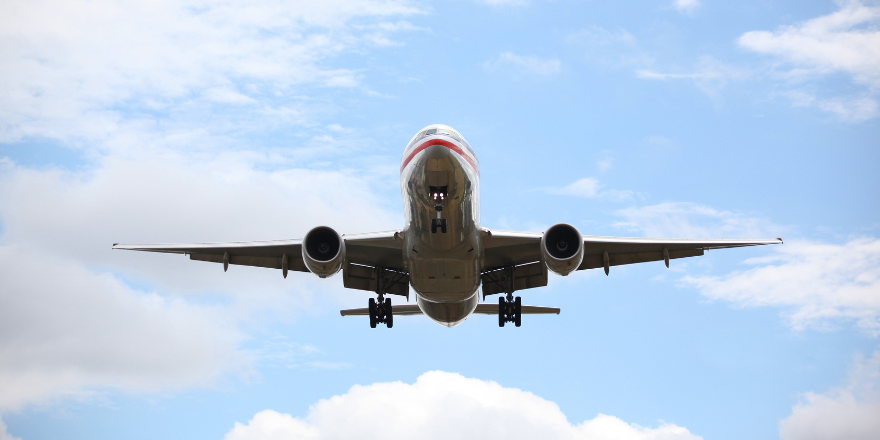Commercial Air Travel Statistics Speak Volumes
Travel

Audio By Carbonatix
The recent Alaska Airlines event has undoubtedly caused slight hesitation in a few of you. First...that's normal because planes are NOT designed to have pieces falling off of them when in flight or on the ground. In addition, the images of the airliner that caught fire were almost unbelievable. The fact that all passengers were saved is not simply a miracle. Those lives were saved because flight attendants did what they were trained to do and they did it well. Also, consider this...the passengers complied with crew instructions under very remarkable circumstances. But the bottom line here is that these instances are so few and far between the odds of you being involved in any type of airline incident are also somewhat unbelievable.
Commercial air travel has become an integral part of our globalized world, connecting people and cultures like never before. However, despite the convenience and efficiency of air transportation, some individuals harbor concerns about the safety of flying. In this article, we will delve into recent statistics to shed light on the remarkably high safety standards of commercial airplanes, emphasizing the low odds of being involved in a plane crash and the likelihood of surviving such an incident.
The Odds of Being in a Plane Crash
Statistically speaking, the likelihood of being in a plane crash is incredibly low. According to the Aviation Safety Network, the odds of being in a fatal aviation accident are about 1 in 11 million. This figure includes all types of flights, from commercial airlines to private planes. The stringent safety regulations, advanced technology, and rigorous training protocols contribute to making commercial air travel one of the safest modes of transportation.
Surviving a Plane Crash or Aborted Landing/Takeoff
Modern aircraft are equipped with state-of-the-art safety features and emergency protocols designed to maximize passenger survival in the rare event of a crash or aborted landing/takeoff. The survival rate for passengers involved in a plane crash is remarkably high. According to the National Transportation Safety Board (NTSB), approximately 95.7% of people involved in aviation accidents survive. This impressive statistic underscores the effectiveness of safety measures, including improved seat design, evacuation procedures, and advancements in aircraft construction.
Turbulence: More Bumps Than Danger
Turbulence, a common concern for nervous flyers, is a natural occurrence in the atmosphere and is not a significant threat to the safety of a flight. The overwhelming majority of turbulence experienced during a flight is mild and does not pose any danger to the aircraft. Pilots are trained to navigate through turbulent areas, and modern airplanes are built to withstand the forces associated with turbulence.
The Federal Aviation Administration (FAA) categorizes turbulence into four levels, ranging from light to extreme. The vast majority of turbulence falls into the light to moderate categories, and serious injuries or accidents resulting from turbulence are extremely rare. The structural integrity of modern airplanes allows them to withstand forces well beyond what they typically encounter during turbulence.
Conclusion
The statistics surrounding commercial air travel overwhelmingly support the notion that flying is an exceptionally safe mode of transportation. With the odds of being in a plane crash at 1 in 11 million and a remarkable 95.7% survival rate in the rare instances when accidents do occur, passengers can take comfort in the fact that the aviation industry is committed to maintaining the highest safety standards.
Turbulence, often a source of anxiety for travelers, is a natural and manageable aspect of flying. Understanding the statistical rarity of serious incidents and the continuous advancements in aviation safety can help alleviate concerns and allow individuals to appreciate the remarkable safety record of commercial air travel. In essence, the sky remains one of the safest places to be.









